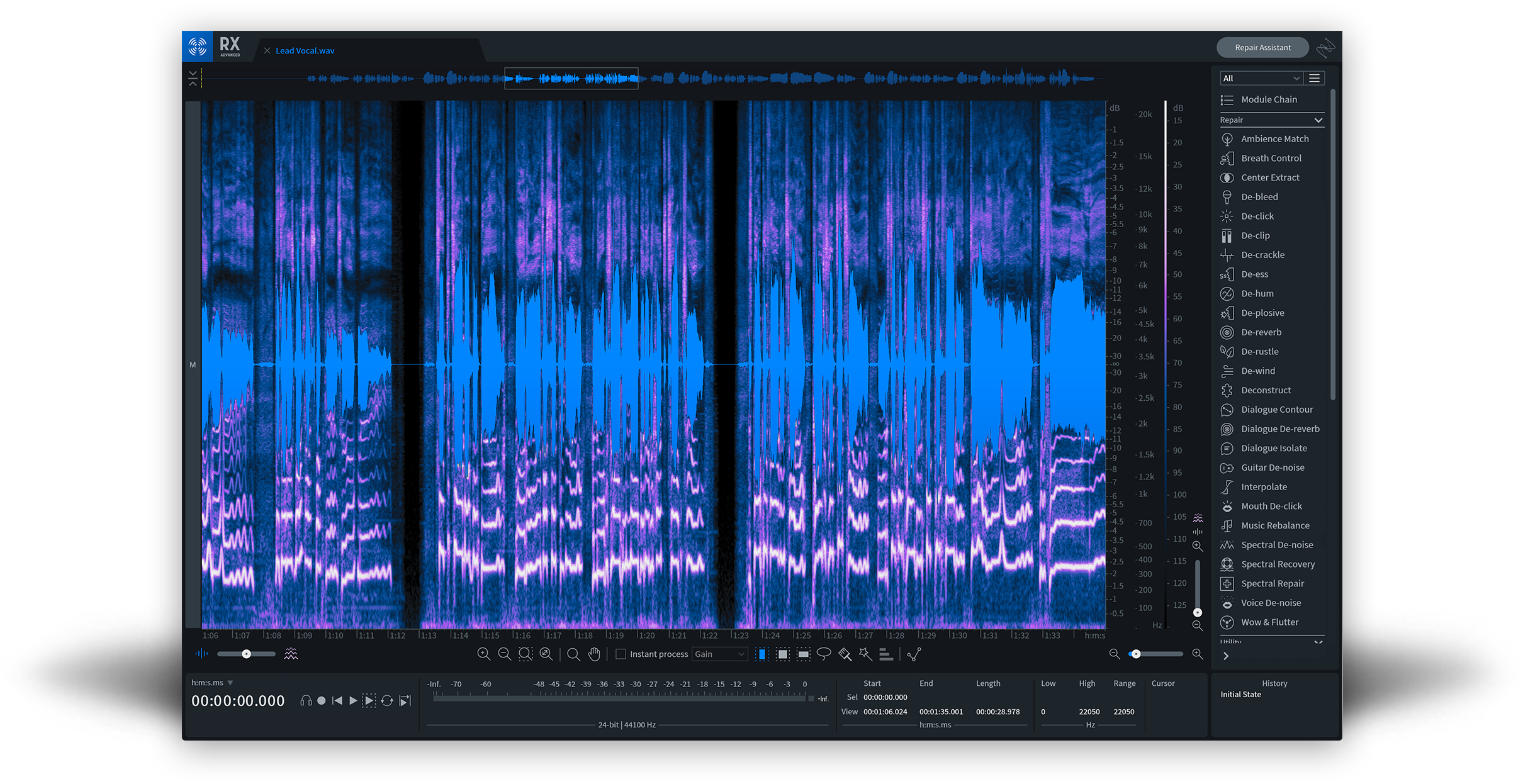Having been used to repair audio on hundreds of blockbuster films over the years, iZotope’s acclaimed RX restoration and post production dialogue editing suite has firmly established itself as the industry standard in the modern movie-making business. Headliner recently caught up with the company’s principal DSP engineer, Alexey Lukin, to find out how RX really works, what makes it so popular, and what to expect next...
RX has long been the go-to audio repair and polishing suite for film, television, music, podcasts, video games, sample libraries, and more. In a quest to find out how a complex set of algorithms could be turned into one of the most widely used, versatile tools in the business, Headliner spoke to iZotope’s principal DSP engineer and one of the original brains behind RX, Alexey Lukin.
Headliner starts by congratulating him on the recent news that iZotope had been awarded with a scientific and engineering award by the Academy of Motion Picture Arts and Sciences. A rather incredible achievement to say the least, and although RX7 was previously recognised with an engineering Emmy a few years back, this latest achievement almost feels like the icing on the cake. Lukin describes it as “a great honour.”
It’s fair to say that Lukin has witnessed the full evolution of RX and seen it develop into a truly game changing industry tool, as well as seeing iZotope grow significantly as a company:
“RX has a long history indeed, and when we first began working on it in 2003, we were pretty much just a five person company,” he reveals. “Then in 2007 when we released it, we were probably a couple dozen people, but now we’re more like 200.”
Lukin started working at iZotope from Moscow around 2002, initially on a part time basis while he was still doing his PhD studies. Once he got his degree, he moved to Boston in 2006 to work for the company full time.
“Since my youth I’d been very interested in music, and then I became interested in music gear and audio quality. I was just trying to get my noise levels down, you know?” he chuckles. “Later at university when I started studying digital signal processing, I began to contemplate DSP that could help me with noise reduction.
“It was probably around 2003 when I had those first ideas, and I developed some of the algorithms that eventually went into RX in my PhD thesis. It was all about how signal processing is related to how we perceive sound, so essentially using psychoacoustic models to improve the quality of audio processing algorithms. These first ideas that later became RX were bubbling even before I joined iZotope, and of course RX has definitely been in good hands since then!”





